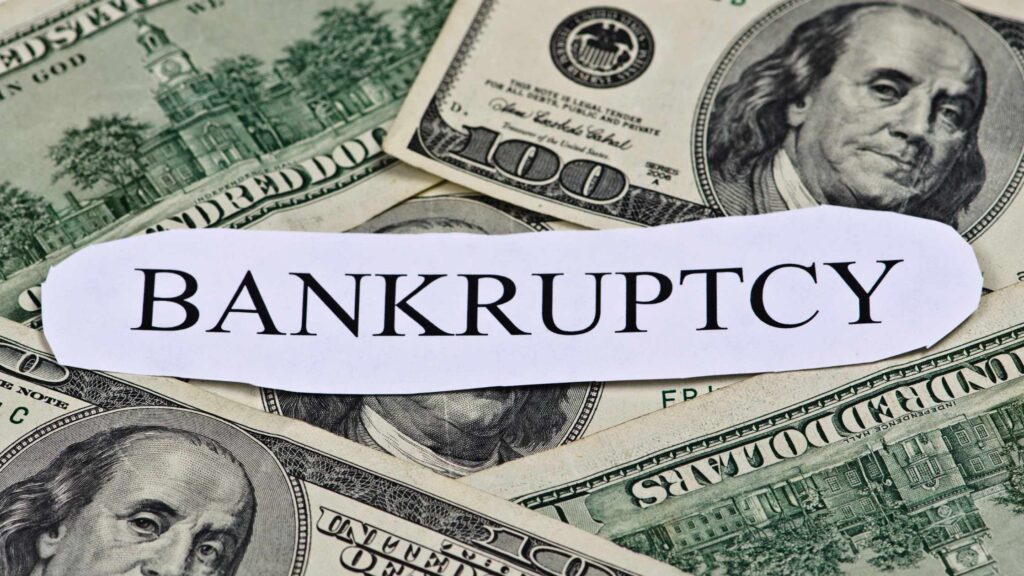Introduction
Tenant bankruptcy can be a complicated and challenging situation for both landlords and tenants. When a tenant files for bankruptcy, it can have significant implications for the landlord, including potential loss of rental income and difficulties in evicting the tenant. On the other hand, tenants may face the risk of losing their rental home and uncertainty about their rights and obligations during bankruptcy proceedings. In this article, we will explore the legal aspects of tenant bankruptcy, navigating the associated legal proceedings, and understanding tenant protections.
Understanding Tenant Bankruptcy
The Basics
Bankruptcy is a legal process that provides relief to individuals or entities who are unable to repay their debts. When a tenant files for bankruptcy, it triggers an automatic stay, which temporarily halts most collection efforts, including eviction proceedings. The bankruptcy court will assign a trustee to oversee the case and determine how the tenant’s debts will be handled.
Types of Bankruptcy
There are different types of bankruptcy that tenants may file, including:
- Chapter 7: Also referred to as liquidation bankruptcy, Chapter 7 involves the sale of non-exempt assets to repay debts. In most cases, tenants in Chapter 7 bankruptcy will ultimately have their lease terminated.
- Chapter 11: Often used by businesses, Chapter 11 allows for the reorganization of debts and may allow tenants to continue operating their business and fulfilling lease obligations.
- Chapter 13: This type of bankruptcy enables individuals to create a repayment plan to settle their debts over a specified period. Tenants in Chapter 13 bankruptcy may be able to retain their rental property if they can continue making regular monthly rent payments.
Navigating Legal Proceedings
Automatic Stay
Once a tenant files for bankruptcy, an automatic stay is imposed, which temporarily prevents most collection activities. This means that landlords cannot pursue eviction or attempt to collect outstanding rent during the bankruptcy process. However, there are exceptions, such as in cases where the tenant has engaged in illegal activities or if the landlord already obtained a judgment of possession prior to the bankruptcy filing.
Landlord’s Rights
While the automatic stay provides certain protections to tenants, landlords also have rights during the bankruptcy proceedings. Landlords may file a motion for relief from the automatic stay to seek permission from the bankruptcy court to proceed with eviction or to collect unpaid rent. The court will consider factors such as the tenant’s payment history, the nature of the lease, and the landlord’s interest in the rental property.
Eviction Proceedings
If the landlord successfully obtains relief from the automatic stay, they can proceed with eviction proceedings in accordance with applicable state and local laws. It is crucial for landlords to adhere to all legal requirements and seek legal counsel to ensure a smooth and lawful eviction process.
Tenant Protections
The Automatic Stay’s Shield
While the automatic stay provides temporary protection for tenants, it does not absolve them of their rental obligations. Tenants must continue paying rent during the bankruptcy process to maintain their rights as a lessee. Failure to do so may result in the termination of the lease, despite the automatic stay.
Lease Assumption and Rejection
In bankruptcy cases, tenants are typically given the opportunity to assume or reject their residential leases. If the tenant chooses to assume the lease, they agree to remain bound by the lease’s terms and continue making rental payments. On the other hand, rejection of the lease allows the tenant to end the lease without penalty.
Tenant’s Financial Responsibility
A tenant’s financial responsibilities during bankruptcy depend on various factors. In some cases, the bankruptcy court may require the tenant to make ongoing rental payments directly to the landlord or the appointed trustee. This ensures that the landlord continues receiving rental income while the bankruptcy case is ongoing.
Summary
Tenant bankruptcy can be a complex and challenging process for both landlords and tenants. Understanding the different types of bankruptcy, navigating legal proceedings, and being aware of tenant protections is crucial to safeguarding the rights and interests of all parties involved. Landlords should familiarize themselves with the applicable bankruptcy laws, seek legal advice when necessary, and follow all legal procedures to protect their rental properties. Tenants should consult with an attorney specializing in bankruptcy to fully understand their rights and obligations during the bankruptcy process. By navigating tenant bankruptcy with knowledge and caution, both landlords and tenants can mitigate potential risks and ensure a smoother transition through these challenging circumstances.







